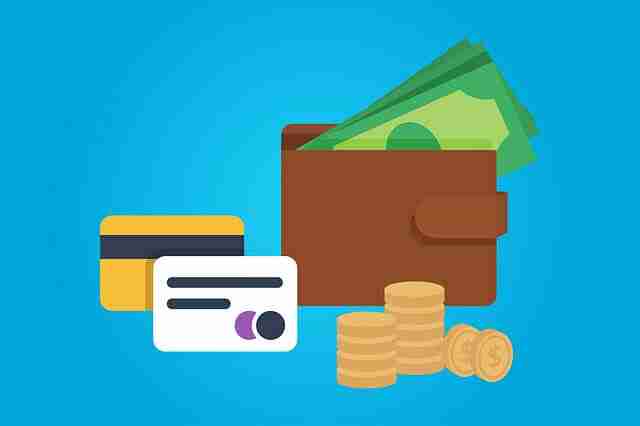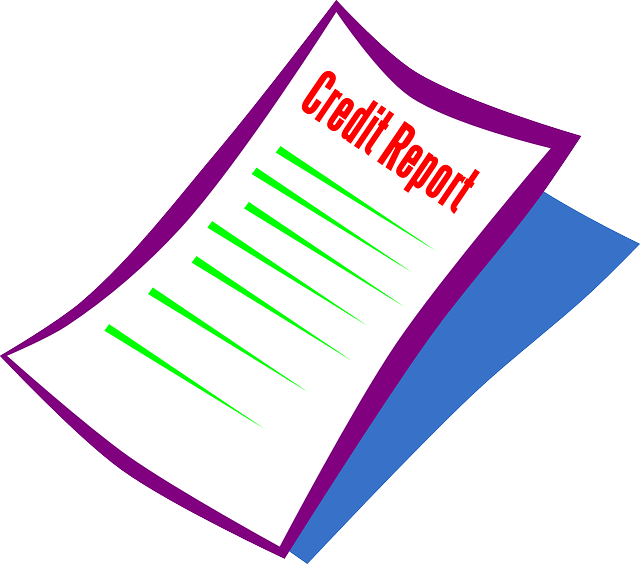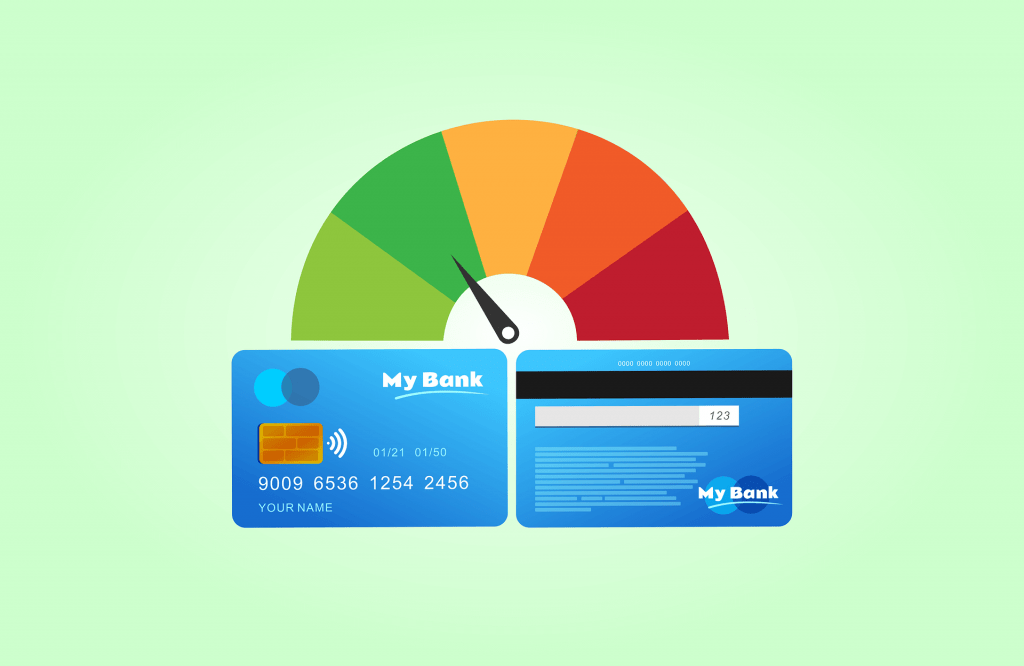So, you’ve got a Chase Student Credit Card in your wallet and you’re wondering how you can use it to build your credit?
You’re in the right spot!
This guide will help you learn how to leverage this fantastic financial tool to boost your credit score and pave the way for a bright financial future. Let’s dig in!
Understanding Credit
Credit. It’s a simple six-letter word, but it holds a lot of power in our financial lives.
You see, credit isn’t just about owning a piece of plastic that lets you buy stuff now and pay later. It’s about your financial reputation.
It’s like a report card that shows banks, lenders, landlords, and sometimes even employers how responsible you’ve been with borrowing and repaying money.
Good credit can open doors to lower interest rates on loans, better chances at renting apartments, and even more favorable insurance premiums.
On the flip side, bad credit can make things a whole lot tougher.
That’s why building good credit, especially while you’re still in college, is so important.

The Magic of the Chase Student Credit Card
The Chase Student Credit Card is a fantastic resource for college students like yourself.
It’s designed with students in mind, offering perks and benefits that cater to your lifestyle.
But the best part? It’s a great tool for building a rock-solid credit history.
Let’s look at a real-life example. Meet Jack, a college sophomore majoring in Engineering.
He doesn’t have a lot of experience with credit, so he decides to get a Chase Student Credit Card.
Jack uses his card for small purchases here and there, and he’s meticulous about paying off his balance in full every month.
He’s never late with a payment, and he keeps his spending well under his credit limit.
Over time, Jack’s responsible use of his card gets reported to the credit bureaus.
His credit score begins to rise, and by the time he graduates, Jack has built an excellent credit history that will help him as he starts his career and considers big purchases like a new car or even a home.

Key Steps to Building Credit with Your Chase Student Credit Card
1. Make Small Purchases: The first step in building credit is actually using your card.
This doesn’t mean going on a shopping spree, though. Instead, use your card for small, manageable purchases.
This could be your monthly Netflix subscription, your weekly grocery shopping, or filling up your car’s gas tank.
The goal here is to use your card regularly but responsibly.
2. Pay in Full, Pay on Time: This is the golden rule of credit card use.
Always, always pay your balance in full and on time each month.
Late or missed payments can have a big negative impact on your credit score.
Plus, by paying in full, you avoid interest charges that can quickly add up.
3. Keep Your Balance Low: This one’s a bit tricky, but stick with me.
It’s a good idea to keep your balance—what you owe on your card—at no more than 30% of your total credit limit.
This is called your credit utilization rate. Keeping it low shows that you’re not relying too much on credit, which can help boost your credit score.
4. Don’t Apply for Too Many Cards: Each time you apply for a new credit card, the lender makes a hard inquiry on your credit report.
These inquiries can temporarily lower your credit score.
So, while it might be tempting to apply for several cards to boost your available credit, it’s usually better to stick with one or two and focus on using them responsibly.
5. Monitor Your Credit Report: It’s a good idea to keep an eye on your credit report.
This will help you understand how your actions affect your credit score and spot any errors that could be hurting your credit.
You can get a free credit report from each of the three major credit bureaus every year through AnnualCreditReport.com.

How to Build Credit with a Chase Student Credit Card: Going Beyond the Basics
Make It a Habit
We talked earlier about making small, regular purchases and paying your bill in full every month. But it’s not enough to do this once or twice—you need to make it a habit.
Think of your credit card as a tool for building credit, not as a way to buy things you can’t afford.
That’s a surefire way to get into debt, which can seriously hurt your credit score.
So, use your card regularly, but don’t spend more than you can pay off every month.
Use Your Card for Recurring Expenses
A great way to use your Chase Student Credit Card responsibly is to use it for recurring expenses.
This could be your Netflix subscription, your cell phone bill, or your monthly grocery shop.
This way, you’re not spending more than you usually would, and you’re building credit at the same time.
It’s a win-win!
Keep Your Account Open
Even if you’re not using your credit card, it’s usually a good idea to keep it open.
That’s because closing a credit card can hurt your credit score.
How? Well, your credit score takes into account the length of your credit history, as well as your credit utilization rate (the amount of credit you’re using compared to your total available credit).
Closing a credit card can shorten your credit history and increase your credit utilization rate, both of which can lower your score.
So, even if you’ve moved onto another credit card, consider keeping your Chase Student Credit Card open and using it occasionally to keep the account active.
Be Careful with Cash Advances
Your Chase Student Credit Card allows you to take out cash advances.
This can be useful in an emergency, but it’s generally best to avoid them.
Why? Because cash advances come with high fees and interest rates, and they don’t have a grace period—interest starts accruing right away.
So, unless it’s a true emergency, it’s usually better to use your credit card for purchases, not cash advances.
Conclusion
Building credit might seem like a daunting task, especially while juggling the demands of college life.
But with a Chase Student Credit Card and a few smart strategies, it’s entirely doable—and easier than you might think.
Remember Jack, our Engineering student? He started out just like you, unsure about credit but willing to learn.
Now, he’s graduating with a great credit score and a solid foundation for his financial future.
You can do the same.
So, grab your Chase Student Credit Card, make those small, regular purchases, pay your bill on time and in full, keep that balance low, and monitor your credit report.
Before you know it, you’ll be well on your way to building great credit and setting yourself up for a successful financial future. Cheers to that!






